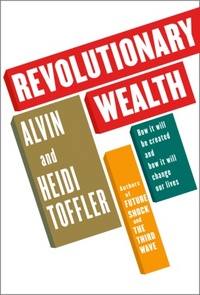The 157-mile Indiana Toll Road had lost money five of the last seven years. A principal reason was its antique pricing; tolls had not changed since 1985 and were far below what comparable American toll ways charged.
As a private citizen, I had always been intrigued to stop at a concrete booth and fish out a dime and a nickel to pay the 15-cent toll at Gary. As governor, I asked, ”What does it cost us to collect a toll?” This being government, no one knew, but after a few days of calculation, the answer came: ”About 34 cents, we think.” I said, only half in jest, that we should just go to the honor system and we’d come out way ahead.
Why would a losing enterprise with an underpriced product drift on in that way? Because it was run by politicians, who are rarely businesslike and deathly afraid to annoy anyone. So the state lost money on the road, postponed repairs and expansions and failed to install the electronic technology that makes toll ways elsewhere faster, more convenient and more efficient.
Just as many business units are more valuable if separated from their conglomerate parent, an asset like a highway can be worth vastly more under different management. When we offered our road for long-term lease, we received a high bid of $3.8 billion, cash, from Macquarie-Cintra, an Australian-Spanish consortium. The highest estimate of the road’s net present value in state hands was less than half that amount, and even that estimate assumed regular toll increases of the kind past governors steadfastly refused to impose. Noting the road’s record of losses, one finance professor remarked, ”If they’d gotten a dollar for it, it would have been a good deal.” Instead, Indiana will soon cash a check that closes a gap most had believed insoluble. Future toll increases will be capped at the level of inflation.
For the full commentary, see:
MITCH DANIELS. "For Whom the Road Tolls." The New York Times (Sat., May 27, 2006): A13.


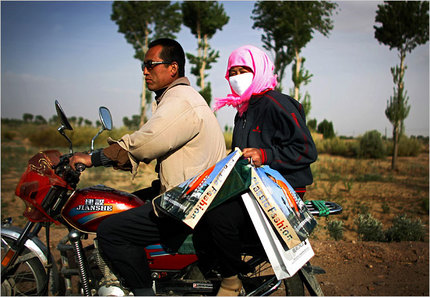
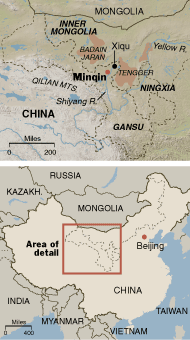 Close, and distant, maps of the areas effected. Source of maps: online version of the NYT article cited above.
Close, and distant, maps of the areas effected. Source of maps: online version of the NYT article cited above.

 A vacuum tube used in guitar amplifiers, that was produced in the factory that Mike Matthews owned. Source of photo:
A vacuum tube used in guitar amplifiers, that was produced in the factory that Mike Matthews owned. Source of photo: 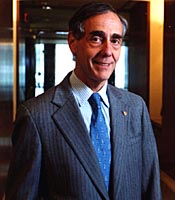 George B. Kaiser. Source of photo:
George B. Kaiser. Source of photo: 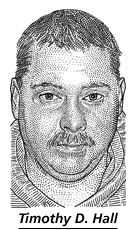 The skin of Timothy Hall’s hands melted together in a coal mine accident in September 2005. Source of image: online version of the WSJ article cited below.
The skin of Timothy Hall’s hands melted together in a coal mine accident in September 2005. Source of image: online version of the WSJ article cited below. Source of graphic: online version of the WSJ article cited above.
Source of graphic: online version of the WSJ article cited above.